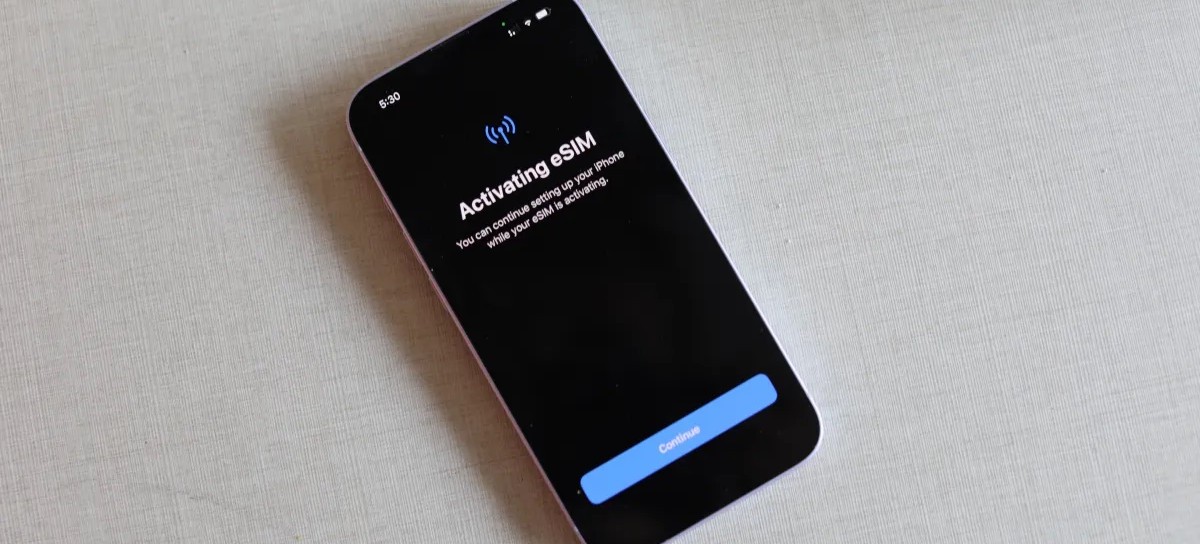

A SIM card, or Subscriber Identity Module, is a small chip inserted into a mobile device that stores information such as the user’s phone number, carrier details, and personal data, enabling the device to connect to a cellular network. An eSIM, or embedded SIM, differs in that it is built directly into the device’s hardware, eliminating the need for a physical card. This embedded nature allows for greater flexibility, as users can switch carriers or plans remotely without needing to replace the SIM card.
eSIM technology was first discussed by the GSMA (Global System for Mobile Communications Association) in 2010 and the first eSIM standard was published in March 2016. Samsung was the pioneer in implementing eSIM technology with the release of the Samsung Gear S2 Classic 3G smartwatch in 2016.
Buying an eSIM is a straightforward process. Here’s a step-by-step guide:
Apple iPhones: Apple has been at the forefront of adopting eSIM technology. The first iPhone to support eSIM was the iPhone XR, released in 2018. Since then, all subsequent models, including the iPhone XS, XS Max, 11 series, 12 series, 13 series, 14 series, and the latest iPhone 15 series, support eSIM
Samsung Galaxy Phones: Samsung also embraced eSIM technology with its Galaxy series. The Galaxy S20 series was among the first to support eSIM, followed by the S21, S22, and the latest S23 and S24 series. Additionally, Samsung’s foldable phones, such as the Galaxy Z Fold and Z Flip series, are eSIM compatible]
Other Brands: Google Pixel phones, starting from the Pixel 2, support eSIM. Huawei, Oppo, Sony, Xiaomi, Motorola, and even smaller brands like LG have models that are eSIM compatible
Tablets: Apple’s iPad Pro, iPad Air, and iPad Mini models from 2019 onwards support eSIM. Samsung’s Galaxy Tab series, including the Tab S6 and later models, also feature eSIM technology
There are many ways to determine if your cell phone, watch or tablet can accept an eSIM:
A – Check the Settings Menu:
B- Use the Dial Pad: Dial *#06# on your phone. This will display your device’s IMEI and EID numbers. If an EID number is shown, your phone supports eSIM.
C – SIM Card Manager: For Samsung Galaxy Phones: Go to Settings > Connections > SIM Card Manager. If you see an option to add an eSIM, your phone is eSIM-compatible.
D – Consult the User Manual or Manufacturer’s Website: Check the user manual or the manufacturer’s website for your phone model. They often list whether the device supports eSIM technology.
E – Tech Support: Contact your mobile carrier. They can confirm whether your specific phone model supports eSIM and provide guidance on how to activate it.
One of the significant advantages of eSIM technology is its cost-effectiveness. Traditional SIM cards involve manufacturing, distribution, and logistical costs, which are eliminated with eSIMs.
Moreover, eSIMs offer savings in terms of convenience and flexibility. Users can switch carriers or plans without needing a new physical SIM card, avoiding potential fees associated with obtaining and activating new physical SIM cards. Futher, eSIMs can store multiple profiles, allowing users to switch between different carriers or plans seamlessly.
Switching from a physical SIM to an eSIM is a straightforward process, provided your device and carrier support eSIM technology. Here’s a step-by-step guide:
For iPhones:
For Android Devices:
Using a QR Code:
The future of eSIM cards looks promising, but it’s unlikely that they will completely replace physical SIM cards in the near future. While eSIM technology offers numerous advantages, such as convenience, flexibility, and the ability to switch carriers without needing a physical card, there are still several factors that may slow down the transition.
However, as more carriers and device manufacturers adopt eSIM technology and consumer awareness increases, we expect a gradual progression to eSIMs.
eSIM technology represents a significant leap forward in mobile connectivity, offering enhanced flexibility, security, and cost savings. With widespread adoption across major brands like Apple, Samsung, Google, and others, eSIMs are set to become the standard for mobile devices. As the technology continues to evolve, users can expect even greater convenience and efficiency in managing their mobile connections.
This website uses cookies.